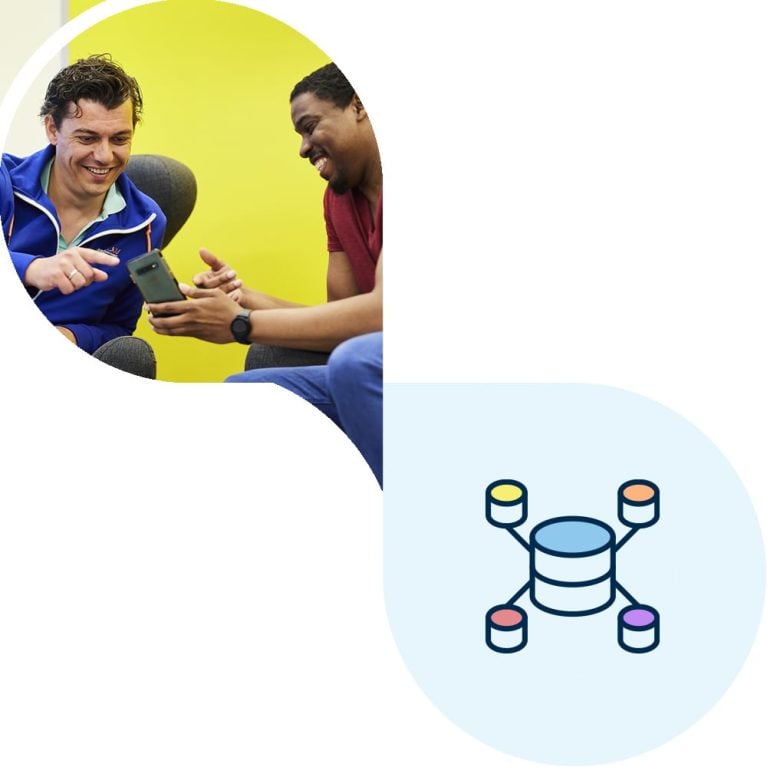SendPro (formerly Flowmailer) The best-of-breed Email & SMS API
Process all your in- & outbound message streams through one comprehensive platform and take back control over your communications. Rely on the best delivery rates, real-time insight, and fully self-hosted infrastructure of a European Email API platform. SendPro gets your messages to the inbox.


More than just an SMTP relay…
Don’t just make it to the inbox… own it! Our platform is built to get your beautifully crafted emails to the inbox. Not once, but every. single. time. Enjoy extremely high delivery rates with our tightly monitored IP pools, and make sure your emails make an impact with the advanced email editor.

Creating & improving emails made easy
Create anything you can imagine – with low to no coding effort. Connect your email stream, and simply drag & drop features on and off your emails. Our Flows allow you to organize messages and edit them to your wishes. Want to track your order confirmations but not password resets? Want to give your invoices a better design, but leave your account creation emails alone? The choice is always yours.
Organizations that rely on SendPro every day

Talk to customers worldwide – in their language
SendPro’s Data Templates allow you to really connect with your customers in the language they speak, without having to create an endless amount of templates. With Language Packs, simply add a new translation and… *Poof!* ¡Estás hablando un nuevo idioma!

Connect through SMTP, API, SMPP, or an Inbox Source
Regardless of the message you’re sending: process it through SendPro (unless it’s SPAM, of course). Whether it’s outbound – like transactional emails -, inbound, or internal, SendPro manages all your message streams.
Pricing packages suitable for every business
Spotler offers 3 packages for transactional email. We have a suitable package for every organisation. Check out the functionalities for each package below.
SendPro Basic
Powerful email sending and design platformSendPro Premium
Work together with your colleagues on emailsSendPro Enterprise
Enterprise-level email sendingGet started with SendPro today
Follow in the footsteps of European companies like Pathé, Currys, Teamtailor, DPD, CAB, Zusss, Siemens, and many more:
Get started today!
